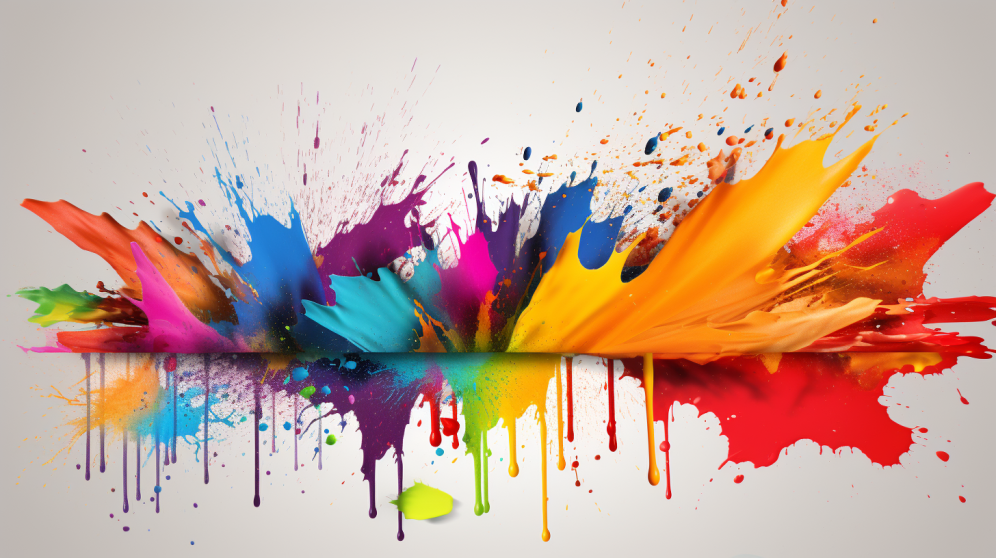High school is a critical time for students to explore and develop their interests, skills, and passions. However, many high schools tend to prioritize either art or science education, leaving students with a one-sided education that may not fully prepare them for the real world.
Art education is important for developing creativity, critical thinking, and problem-solving skills. It teaches students how to express themselves, communicate ideas effectively, and think outside the box. Science education, on the other hand, provides students with the knowledge and skills needed to understand and analyze the world around them, and to pursue careers in fields like medicine, engineering, and technology.
Despite the benefits of both art and science education, many schools have limited resources and must choose between the two. However, it is possible and beneficial to integrate both art and science education into high school curriculums. By doing so, students can benefit from a more well-rounded education that prepares them for a wide range of career paths and life experiences.
Benefits of Integrating Art and Science Education in High School
Integrating art and science education in high school has several benefits. For one, it can enhance creativity and innovation in science, technology, engineering, and math (STEM) fields. Studies have shown that students who participate in art classes are more likely to excel in STEM subjects, as they are better equipped to think creatively and critically about complex problems.
Furthermore, integrating art and science education can help students develop a more holistic understanding of the world around them. Science education provides students with a deep understanding of the physical world, while art education can help them understand the cultural and social context of that world. Combining the two can help students develop a more well-rounded perspective on the world, which is essential for success in today’s global economy.
Another benefit of integrating art and science education in high school is that it can help to break down the barriers between these two seemingly separate disciplines. In reality, art and science are closely intertwined, and by combining them, students can develop a deeper appreciation for the beauty and complexity of the natural world.
Challenges of Integrating Art and Science Education in High School
Despite the benefits of integrating art and science education, there are several challenges that schools and educators must overcome. One of the biggest challenges is finding the resources and funding needed to support both types of education. Art education requires materials like paint, paper, and other supplies, while science education often requires expensive equipment and technology.
Another challenge is finding qualified teachers who are able to teach both art and science. Many schools struggle to find qualified educators who are able to teach both disciplines effectively, which can lead to uneven instruction and a lack of integration between the two.
Finally, there is often resistance from students and parents who prioritize one type of education over the other. For example, some parents may view art education as less valuable than science education, while others may view science education as less important than art education.
Additional Tips for Integrating Art and Science Education
While integrating art and science education in high school can be challenging, there are several ways to make it work. Here are some additional tips to consider:
- Encourage collaboration: One of the best ways to integrate art and science education is to encourage collaboration between teachers and students. This can be done through interdisciplinary projects, field trips, or guest lectures.
- Use technology: Technology can be a great tool for integrating art and science education. For example, students can use digital tools to create multimedia projects that combine art and science, or to simulate scientific experiments.
- Be flexible: Integrating art and science education requires flexibility and open-mindedness. Teachers should be willing to experiment with new teaching methods and adapt their lessons to meet the needs of their students.
- Seek out resources: There are many resources available for integrating art and science education, including lesson plans, training programs, and funding opportunities. Educators should take advantage of these resources to support their efforts.
An Example of Success at Edenham
At Edenham High School, we are committed to providing our students with a well-rounded education that combines creativity and innovation with technical skills and scientific knowledge. One way we have achieved this goal is by incorporating Cricut machines into our curriculum, allowing students to explore the intersection between art and science in a hands-on, engaging way.
For those unfamiliar with Cricut machines, they are advanced cutting machines that use precise blades to cut a wide range of materials, from paper and vinyl to fabric and leather. In the past, Cricut machines have been primarily used in the crafting and DIY communities, but we saw their potential to teach both art and science.
In our classes, students were introduced to the technical aspects of the Cricut machines, including how to set up and operate the equipment, and how to design and upload digital files to the machines. They learned about the different materials that can be cut with the machines, and how to adjust the settings for each type of material.
But the real magic happened when we combined this technical knowledge with artistic design principles. Students were encouraged to use their creativity to design their own unique projects, from personalized decals to intricate paper cutouts. They experimented with different colors, textures, and materials, learning how to create visually stunning designs that were also technically precise.
Through this project, students were able to apply the principles of both art and science in a practical, hands-on way. They learned how to use digital tools to create intricate designs, how to apply scientific principles to the cutting process, and how to troubleshoot when things didn’t go quite as planned. Most importantly, they learned how to think outside the box, and to see the potential for creativity and innovation in even the most technical of disciplines.
Conclusion
In today’s world, it is essential for students to have a well-rounded education that prepares them for a wide range of career paths and life experiences. Integrating art and science education in high school is one way to achieve this goal. By combining the creative and analytical skills of art and science, students can develop a deeper understanding of the world around them and become better equipped to tackle the challenges of the future. While there are challenges to integrating art and science education, with creativity, flexibility, and collaboration, schools and educators can provide their students with a truly holistic education that prepares them for success in whatever path they choose.


